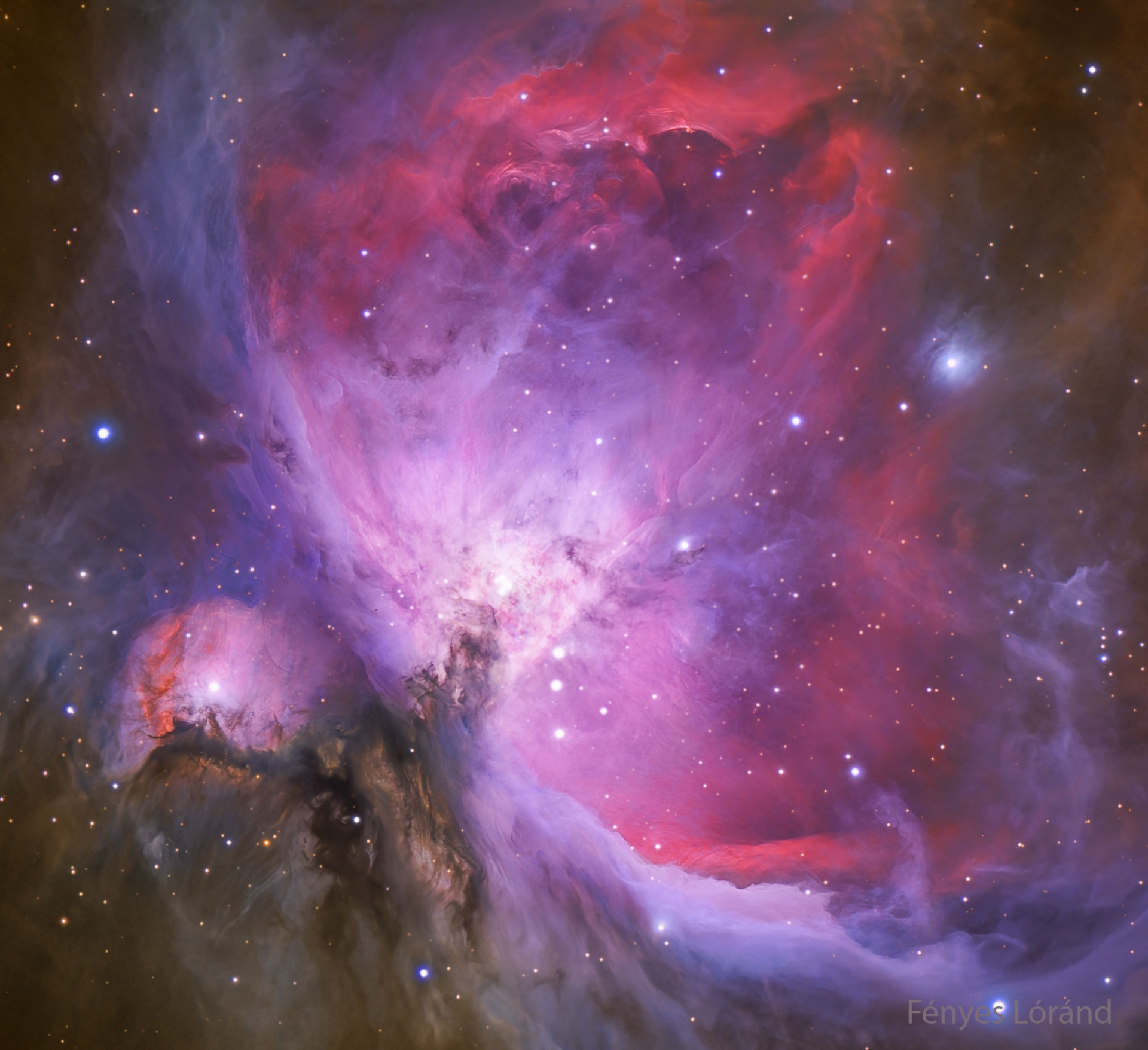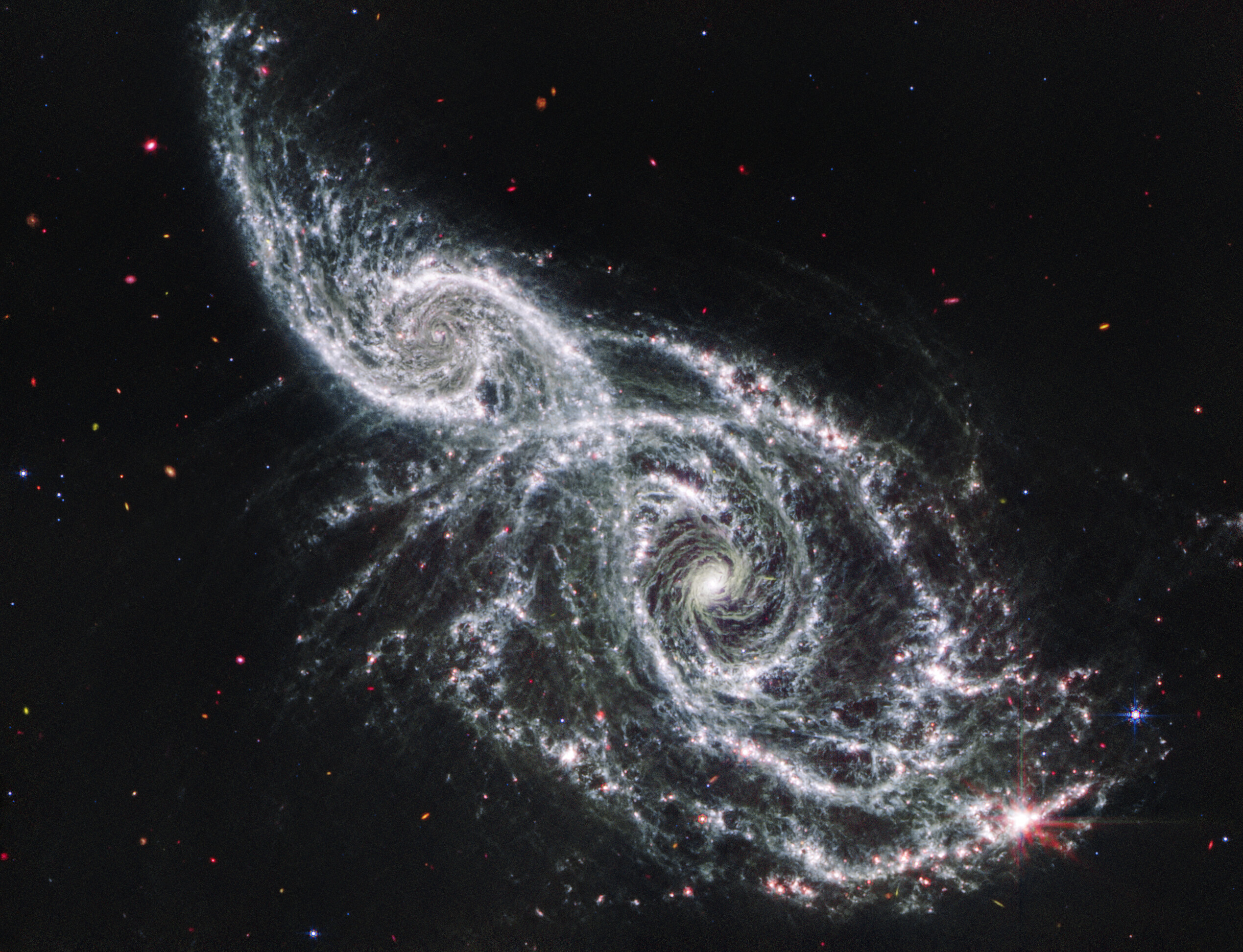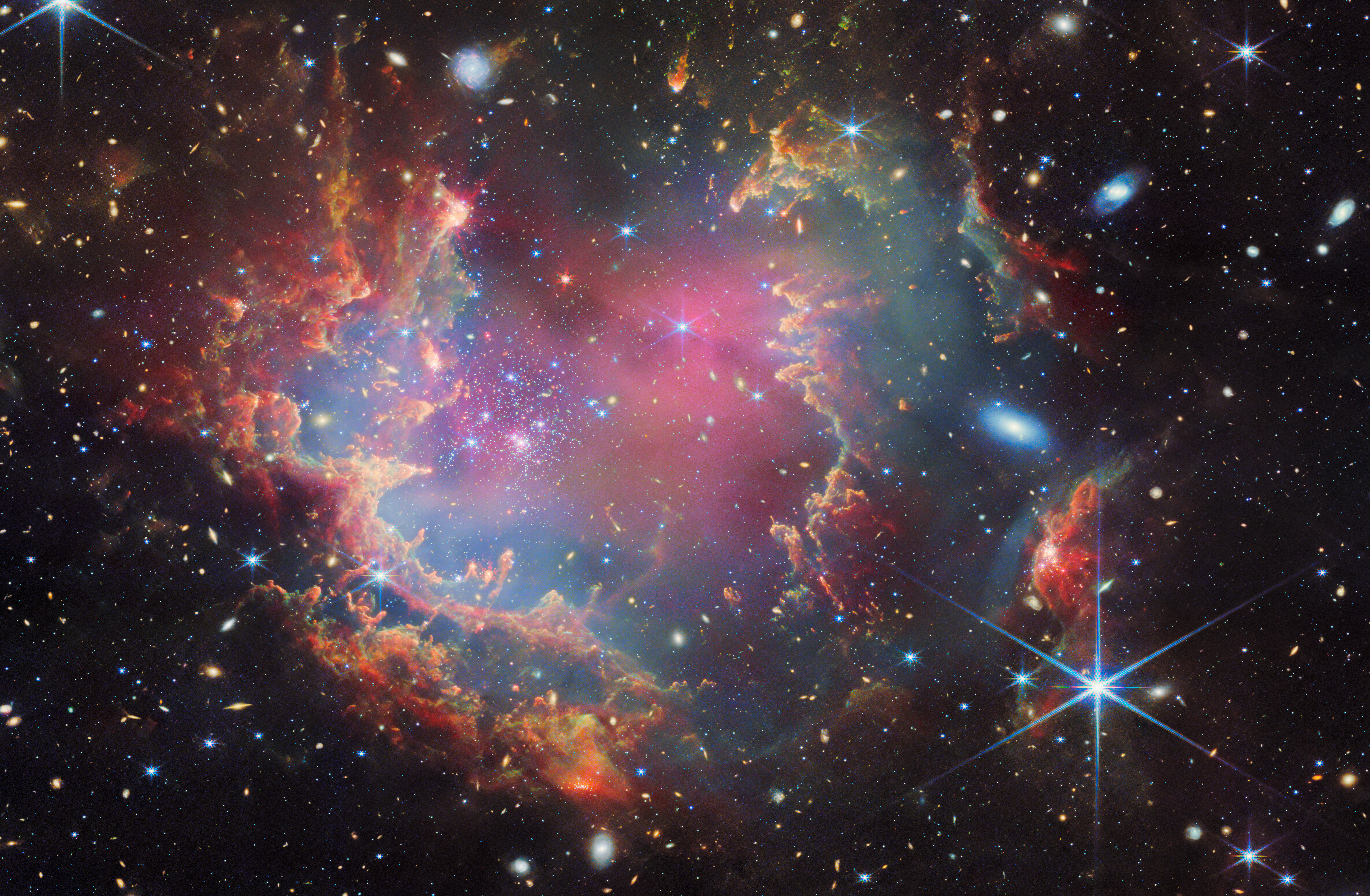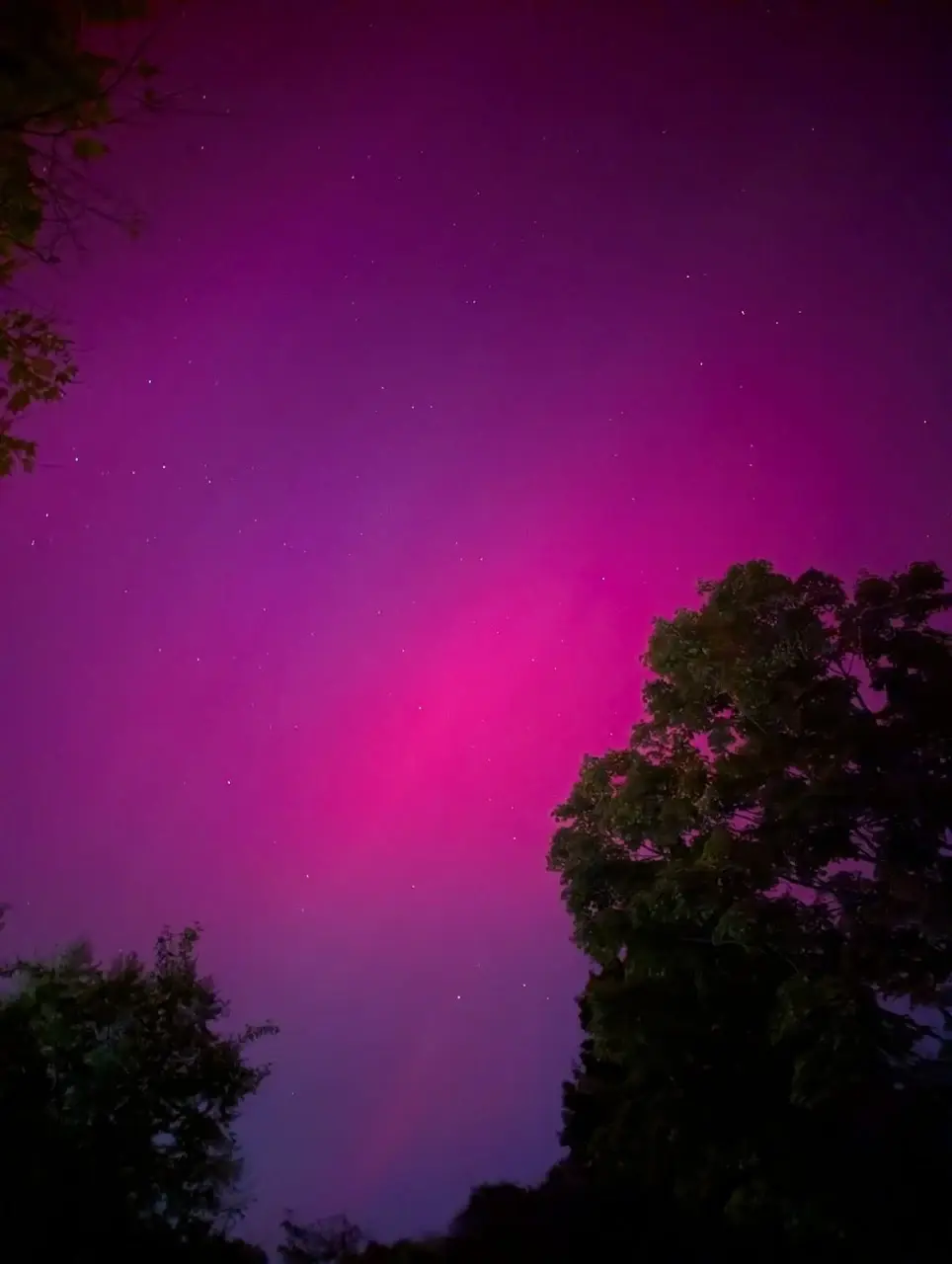Space
7287 readers
1 users here now
News and findings about our cosmos.
Subcommunity of Science
This community's icon was made by Aaron Schneider, under the CC-BY-NC-SA 4.0 license.
founded 2 years ago
MODERATORS
1
2
4
5
6
7
8
9
10
18
Event horizon: After photographing black holes, scientists are now making a movie
(projects.research-and-innovation.ec.europa.eu)
12
13
14
15
16
17
18
19
20
21
22
23
24
25
view more: next ›









